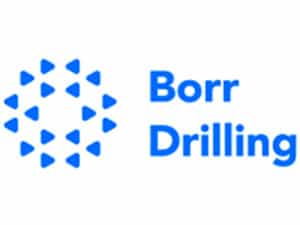
DNV GL launches sea spray icing project
Written by Nick Blenkey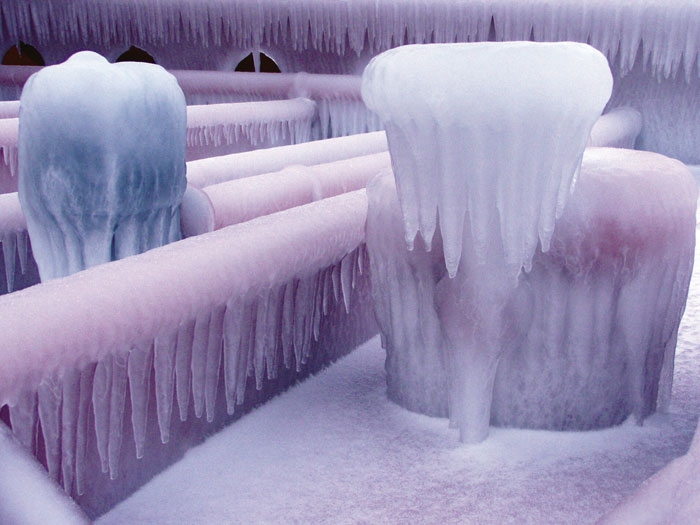
AUGUST 27, 2014 — Sea spray icing is one of the major challenges facing vessels, rigs and offshore platforms operating in Arctic conditions.
“Sea spray icing poses a threat on multiple levels, from blocking the operation of essential components to jeopardizing stability and integrity and thus leading to an increased risk of capsizing,” says Per Olav Moslet, Arctic Technology Program Director at DNV GL.
DNV GL is launching an industry collaboration that will develop a simulation model that bridges functional winterization requirements and real physical conditions for rigs, production platforms and vessels. Experts from both the maritime and oil and gas industries are being invited to join the new Joint Industry Project (JIP) “RigSpray.”
A number of recognized standards, for example DNV GL’s offshore standard “Winterization for Cold Climate Operations (DNV-OS-A201),” provide guidance on mitigating ice accumulation using specified anti- and de-icing procedures. The standards available today give requirements for safety functions and, to some extent, describe mitigation solutions, but they do not give a specific answer on how and where they should be implemented. An optimal answer to those two questions can be given by even better understanding the physical phenomenon of sea spray icing via simulation and measurements. Overall, the benefit would be an improved safety and working environment in Arctic conditions.
To deal with this, DNV GL is therefore establishing the new RigSpray JIP and invites maritime and oil and gas experts to participate.
“We have already made progress in addressing the challenge through the MarIce JIP, where DNV GL worked together with the Norwegian University of Science and Technology and Statoil to create the world’s most advanced marine-icing model,” says Olga Shipilova, DNV GL’s Project Manager for the RigSpray JIP. “However, this needs to be developed further. The present model still lacks an accurate representation of sea spray, which is a very important parameter for ice formation. Present knowledge of sea spray generation is limited to very local metocean conditions and sporadic vessel designs. We certainly need to fill this gap with more experimental and modeling studies.”
The first step will be to develop a software tool to further understand sea spray icing using mathematical modeling and measurements. This will provide a solid basis for extending local ice estimations to a wider spectrum of metocean and structural conditions, which in turn will lead to safer and more cost-effective winterization solutions.

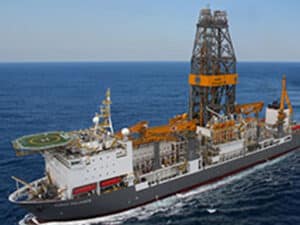
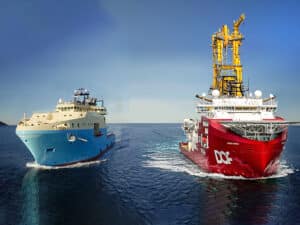
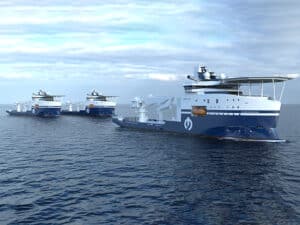
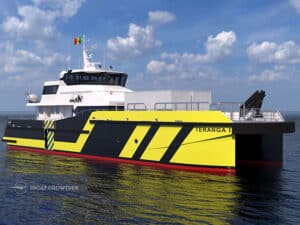
Leave a Reply
You must be logged in to post a comment.